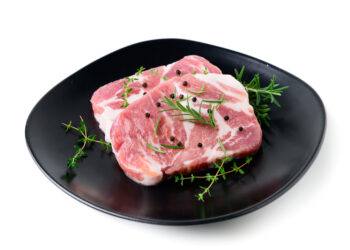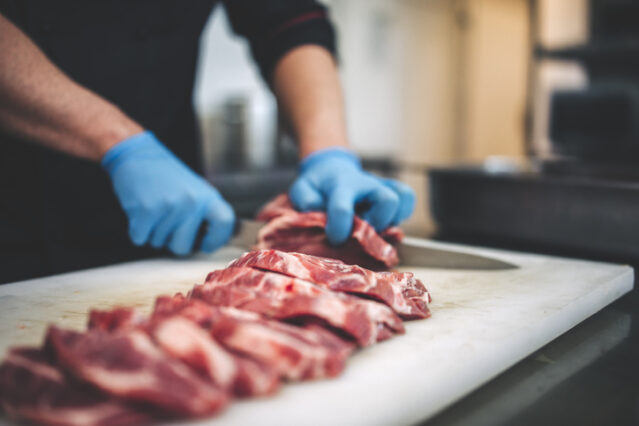By Caleb Wilson
WASHINGTON — The Good Food Institute (GFI) sees the growing momentum behind cultivated meat as evidence of a potential future for “meat without the animal,” according to GFI’s 2022 State of the Industry Report on cultivated meat and seafood.
The forecast comes in part from a flurry of new companies and investments in the cultivated meat sector. Nearly 20 new cultivated meat companies were publicly announced in 2022, bringing the total number of dedicated companies to 156. A number of diversified companies also entered the segment through partnerships and research agreements with cultivated meat producers, such as ADM and Eat Just, Inc.’s development agreement for cultivated chicken.

Multiple startups have unveiled plans for production facilities in the United States, further signaling growth in the sector. In March, Fork and Good said it would open a pilot facility in Jersey City that initially will focus on cultivated ground pork with potential expansions into other types of meat. Believer Meats broke ground in December on its 200-000-square-foot plant that will be able to produce more than 10,000 tonnes of cultivated meat. The company intends to invest more than $120 million into the facility, expected to open in 2024, along with a $500,000 grant from the One North Carolina Fund.
“These steps pave the way for cultivated meat to come to market in the US at scale and helps ensure as many consumers as possible have access to these groundbreaking products,” said Liz Specht, vice president of science and technology at GFI. “Further government investment like this will advance the sector toward commercialization, helping to feed a growing population more sustainably, spurring economic growth, and improving environmental and global health outcomes.”

Additional public funding has come from the US Department of Agriculture (USDA) through a $5 million appropriation toward alternative protein research, and California has committed $5 million to alternative proteins. The USDA’s investment is targeted broadly at the entire alternative protein segment, while California’s allocation will go to three of its state universities, two of which are focused on cultivated meat research.
** Click here to read the full-text **











